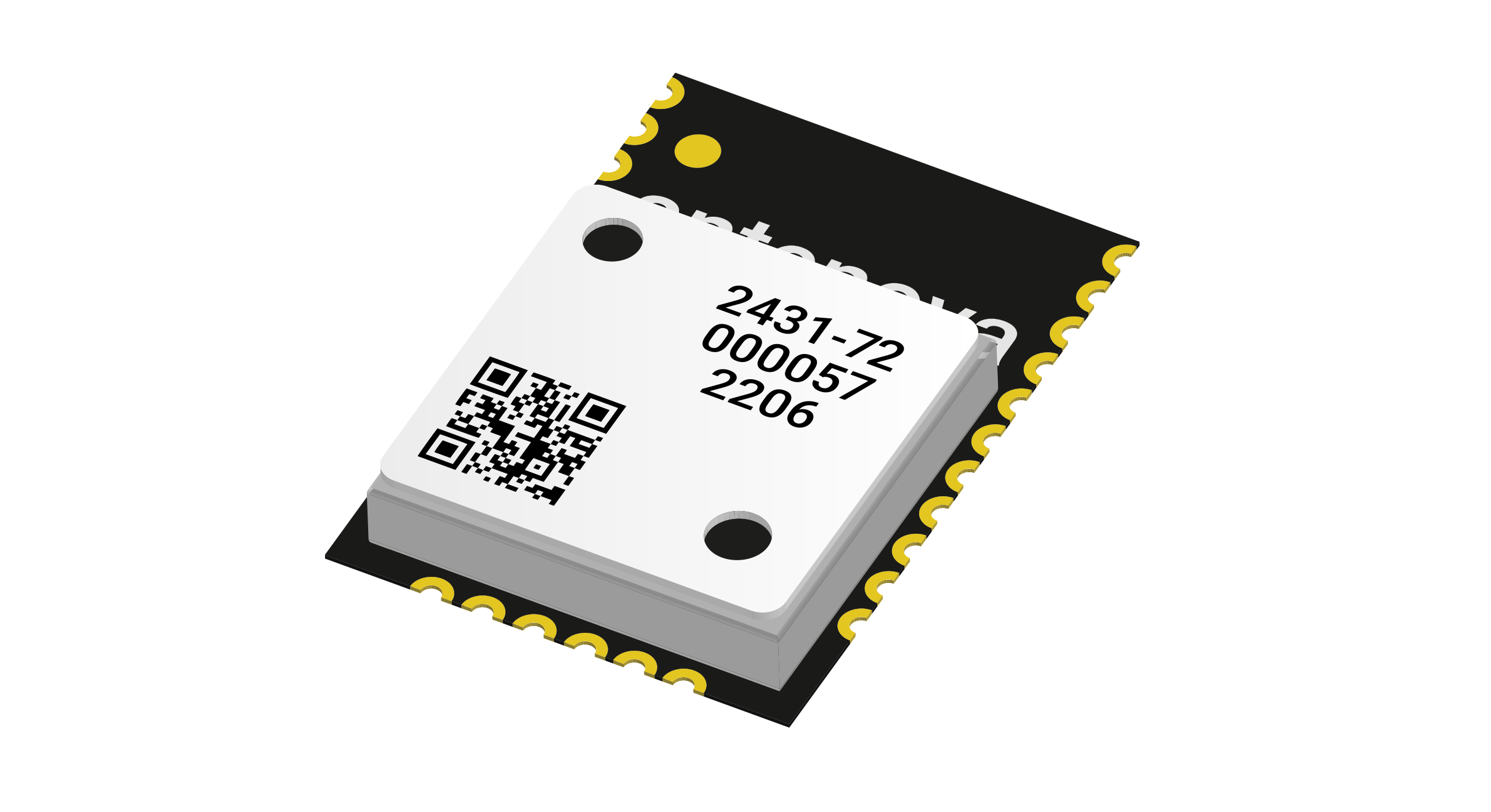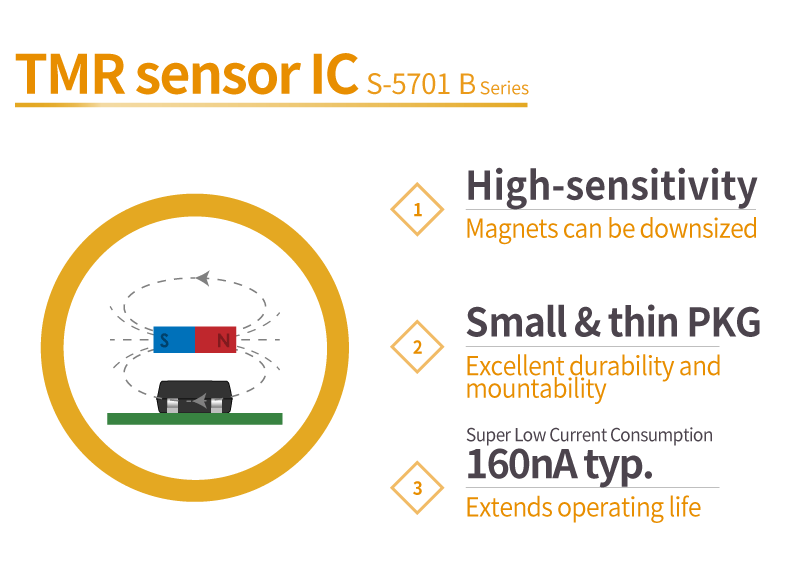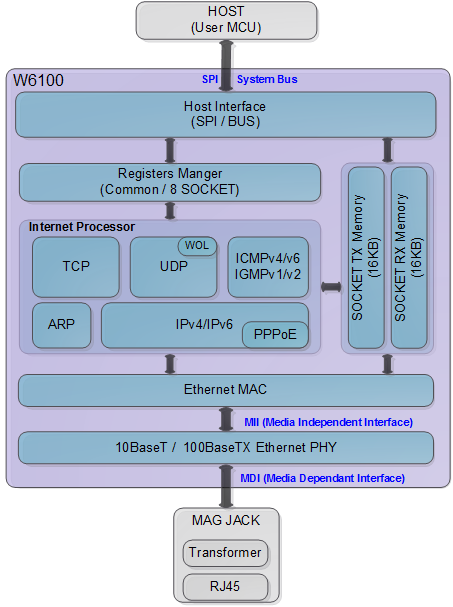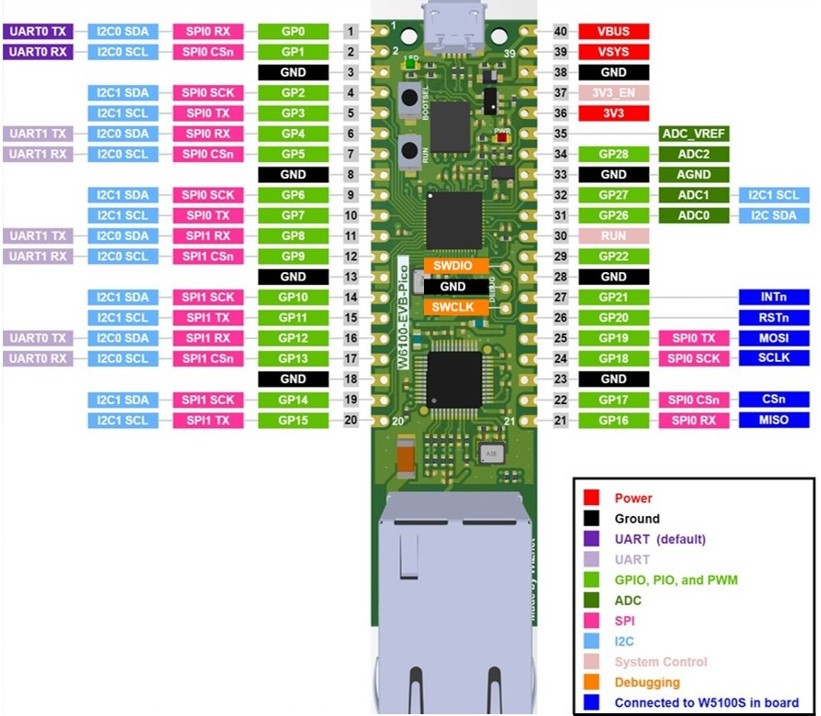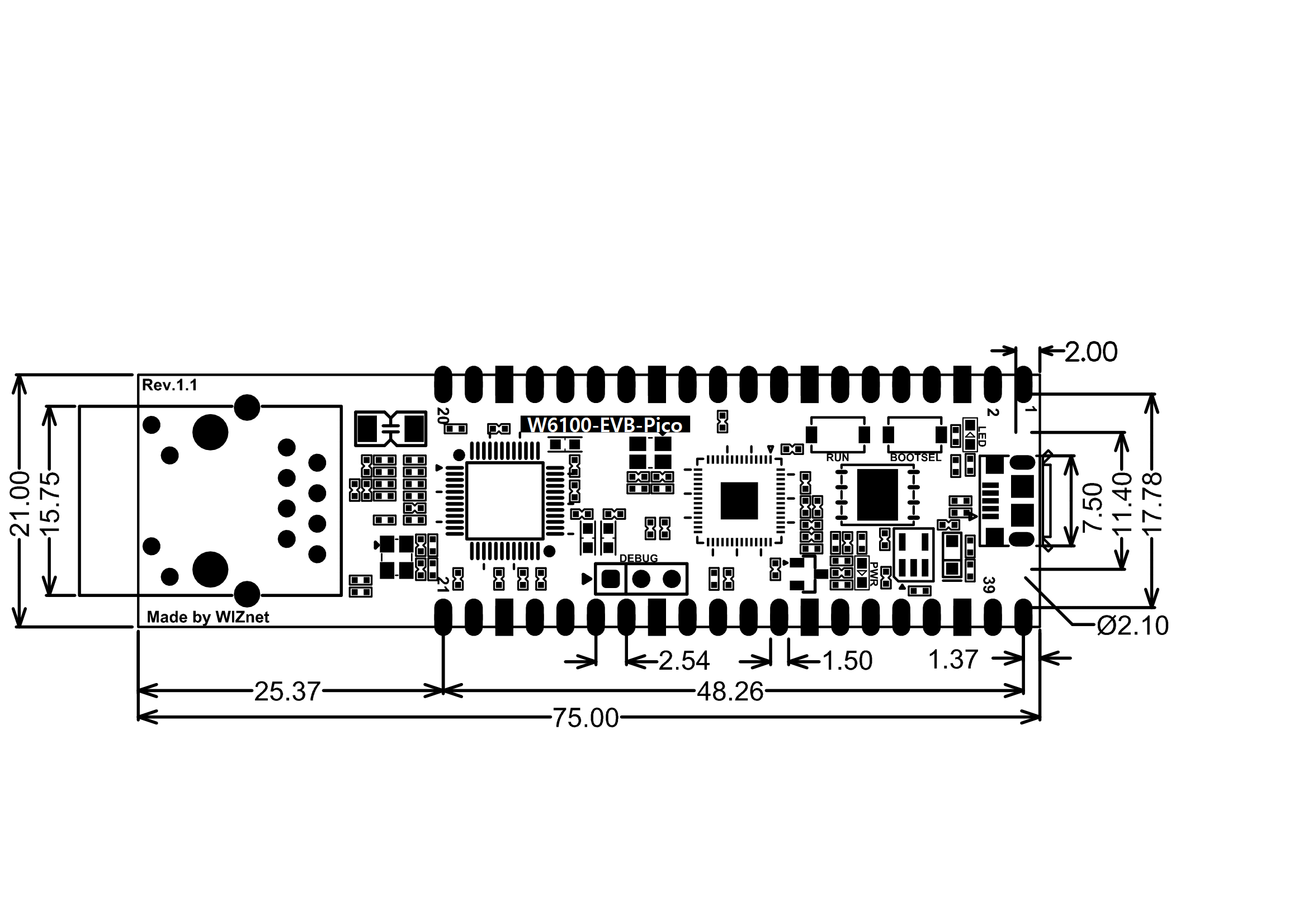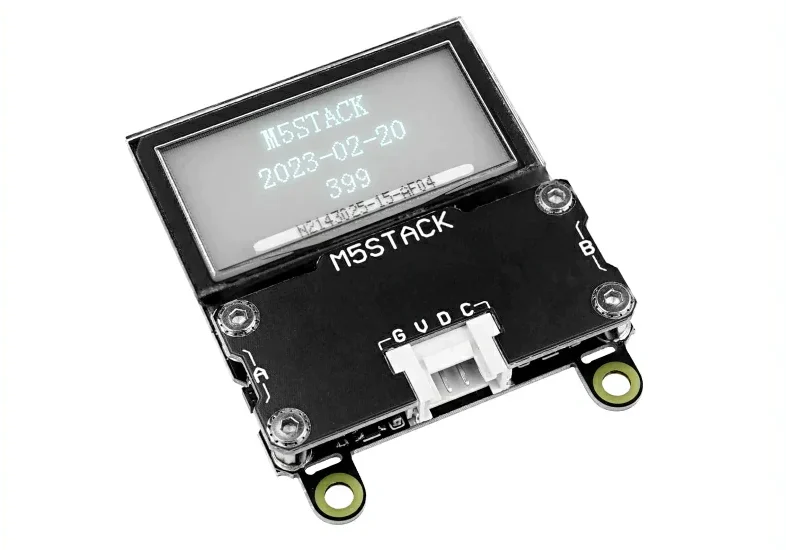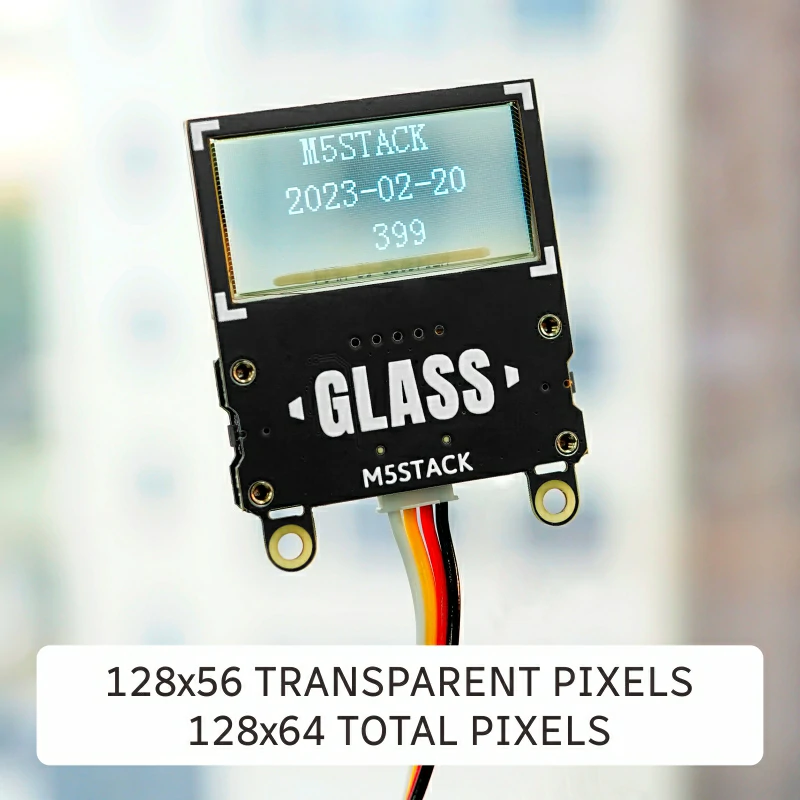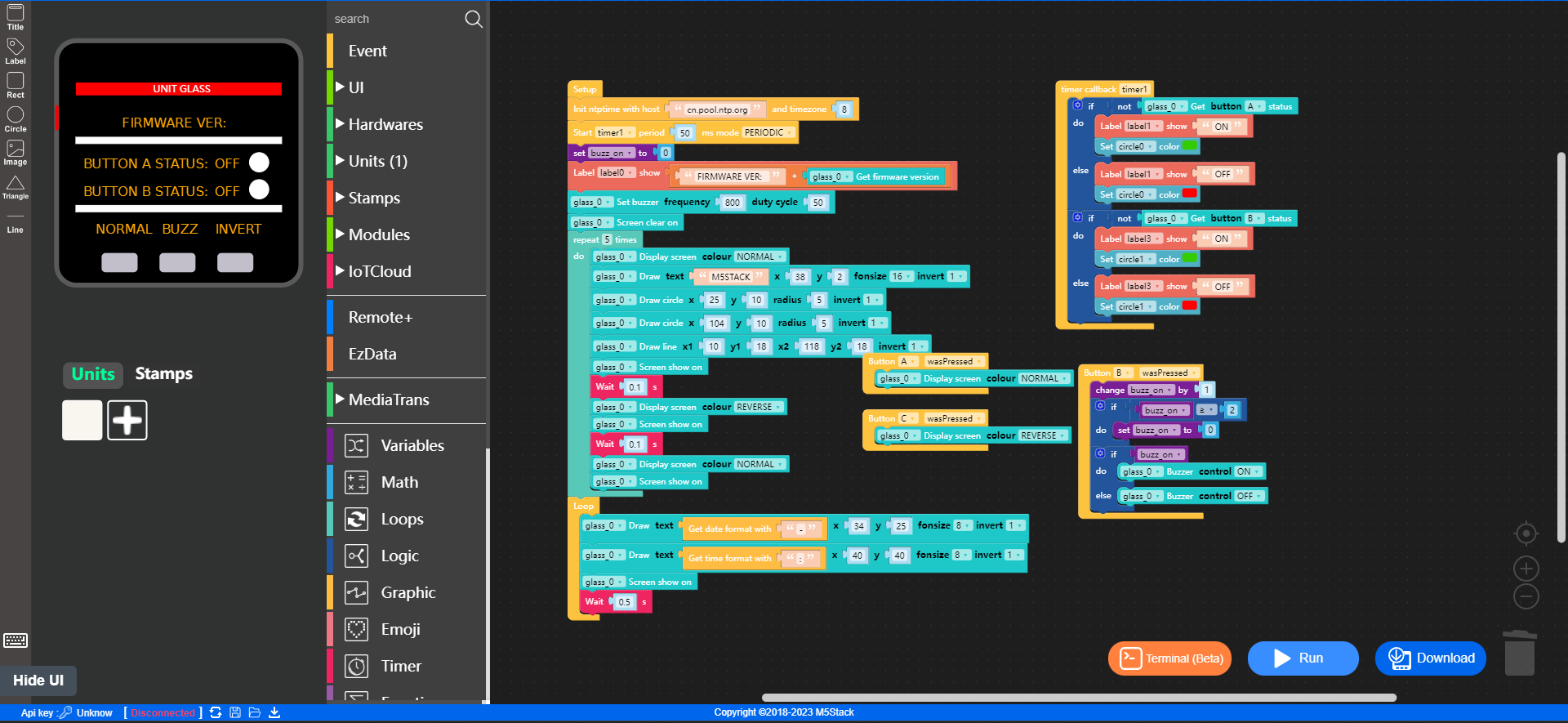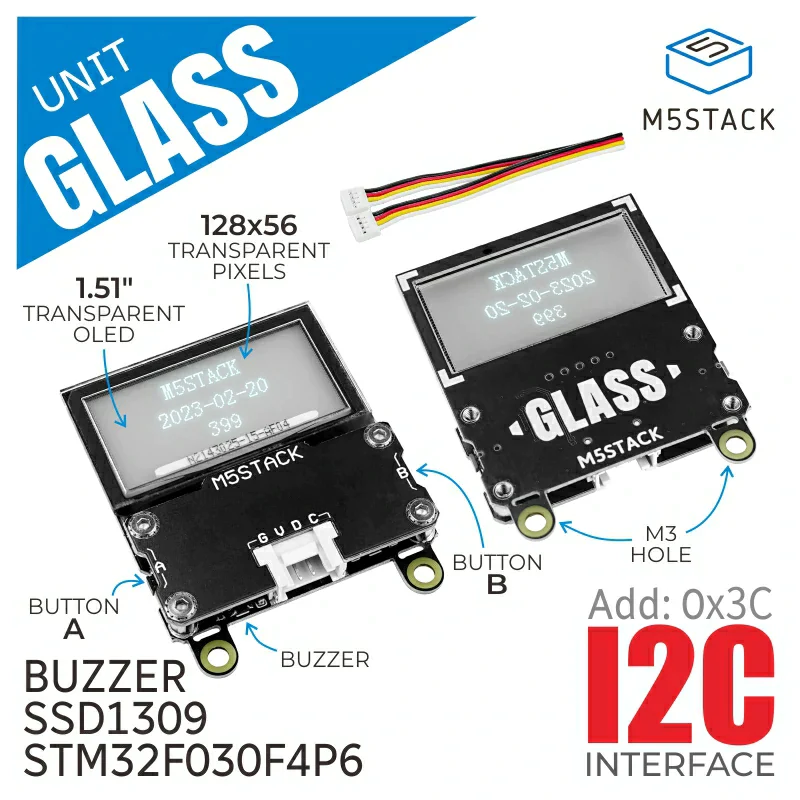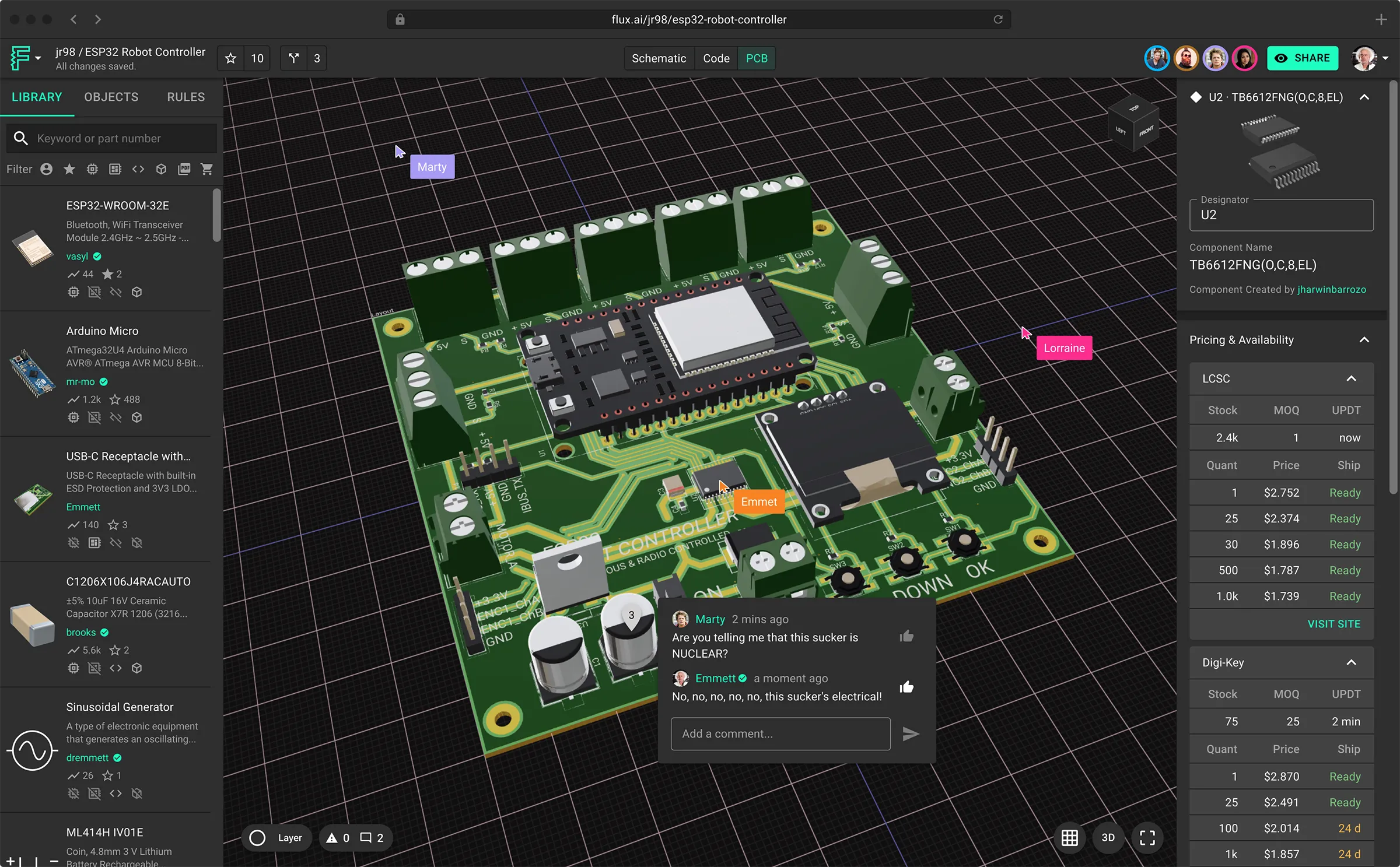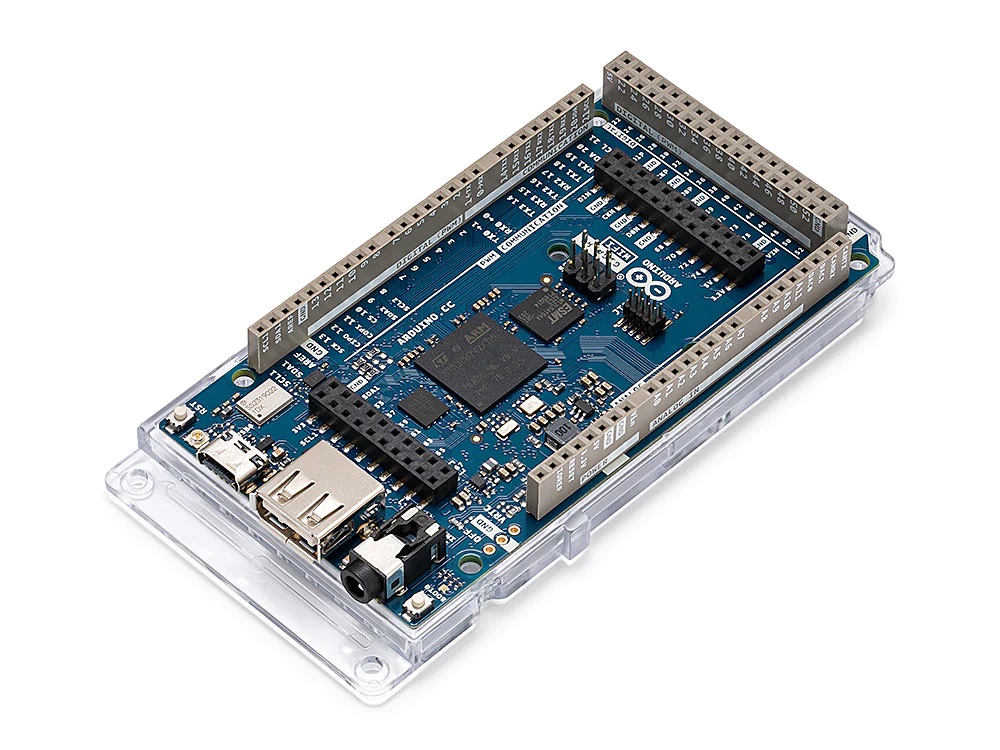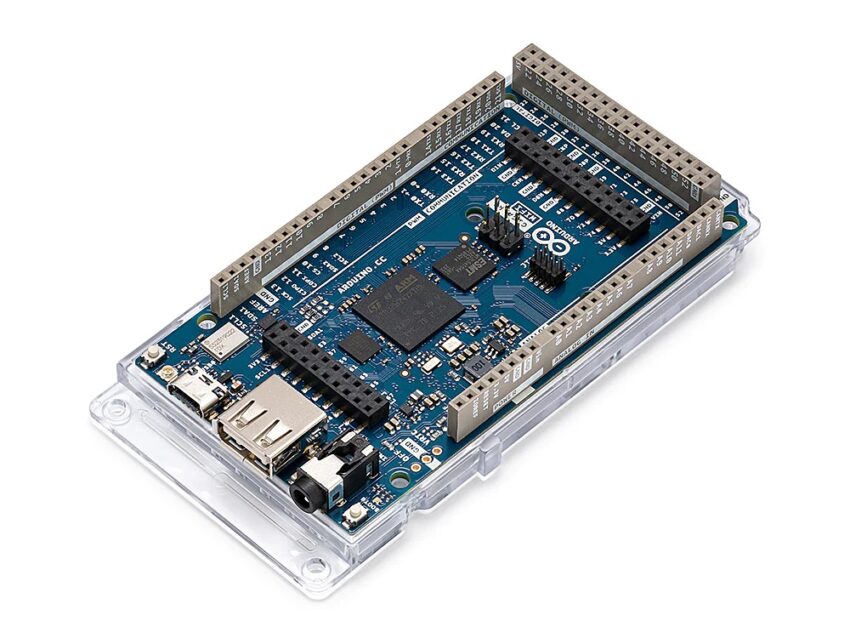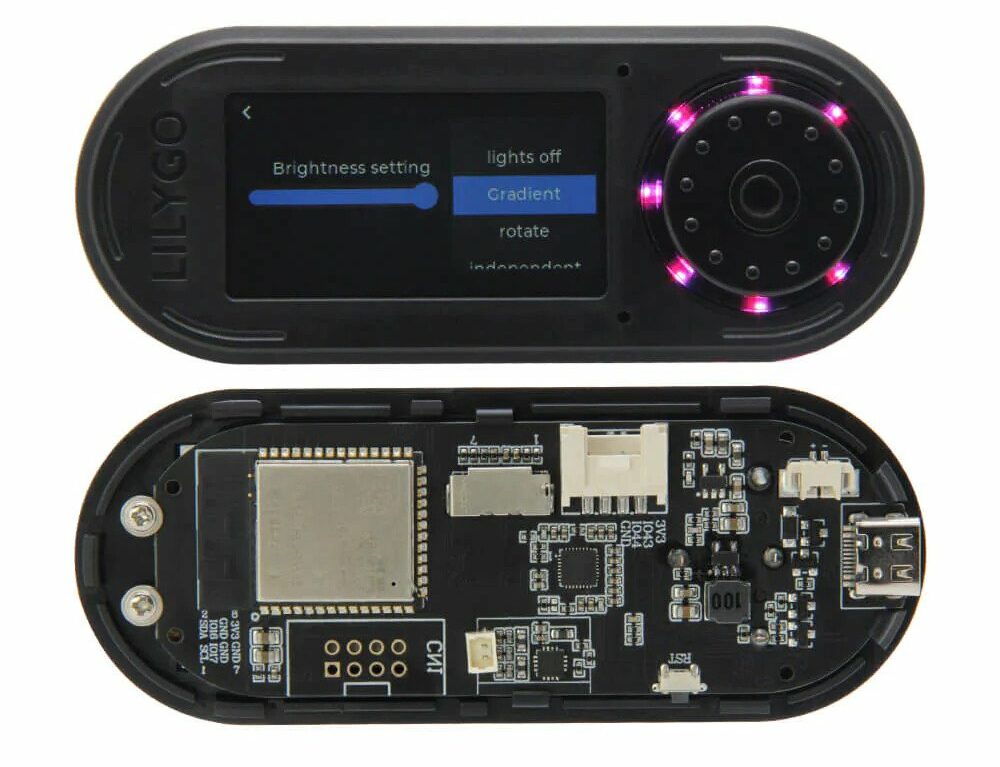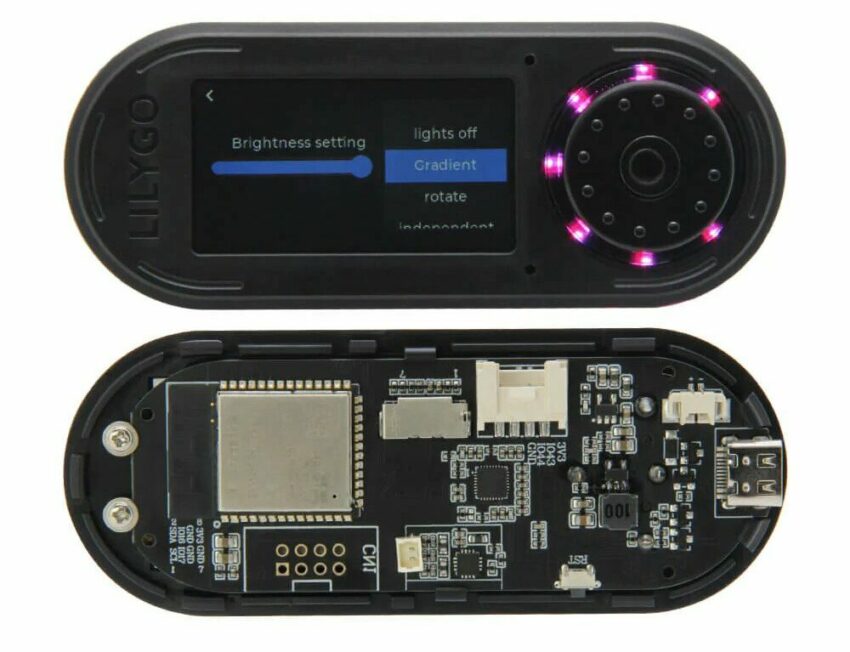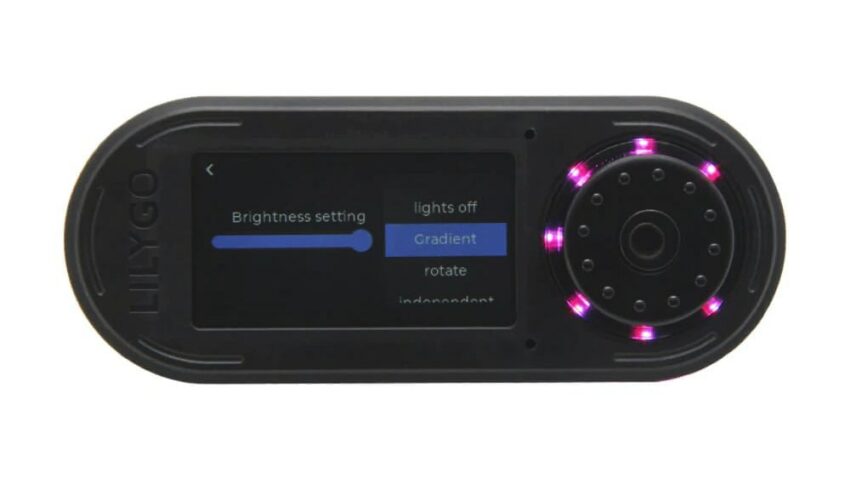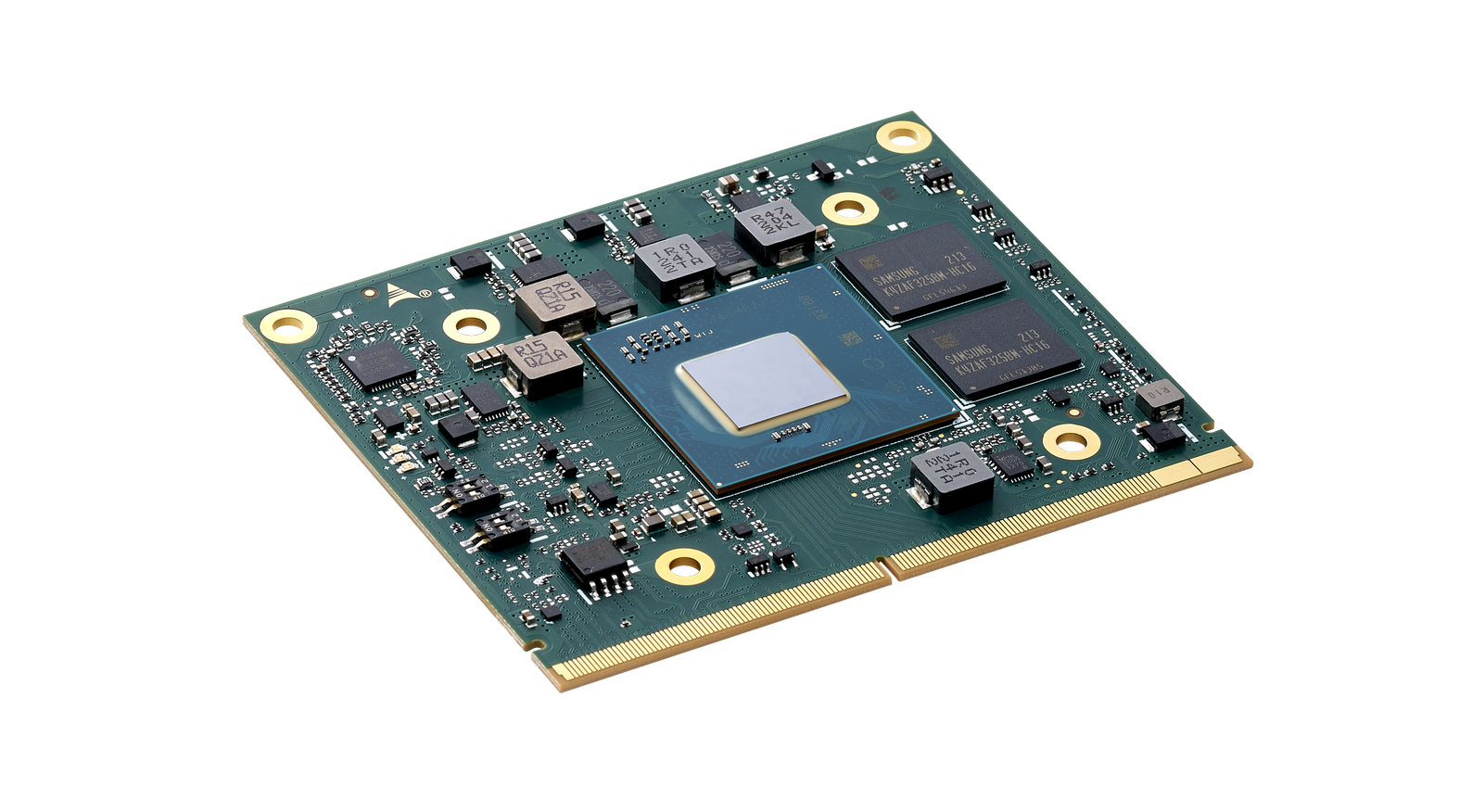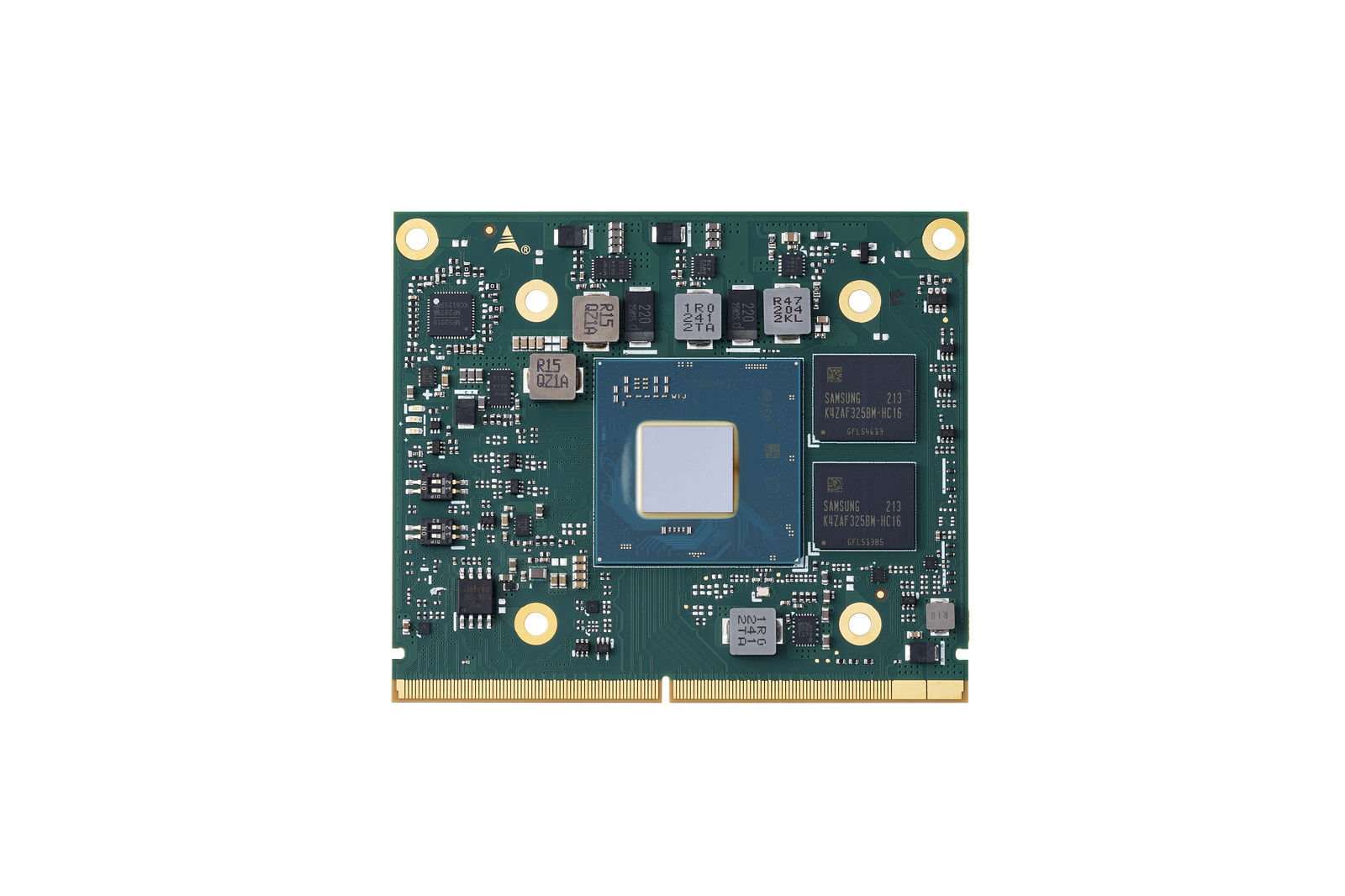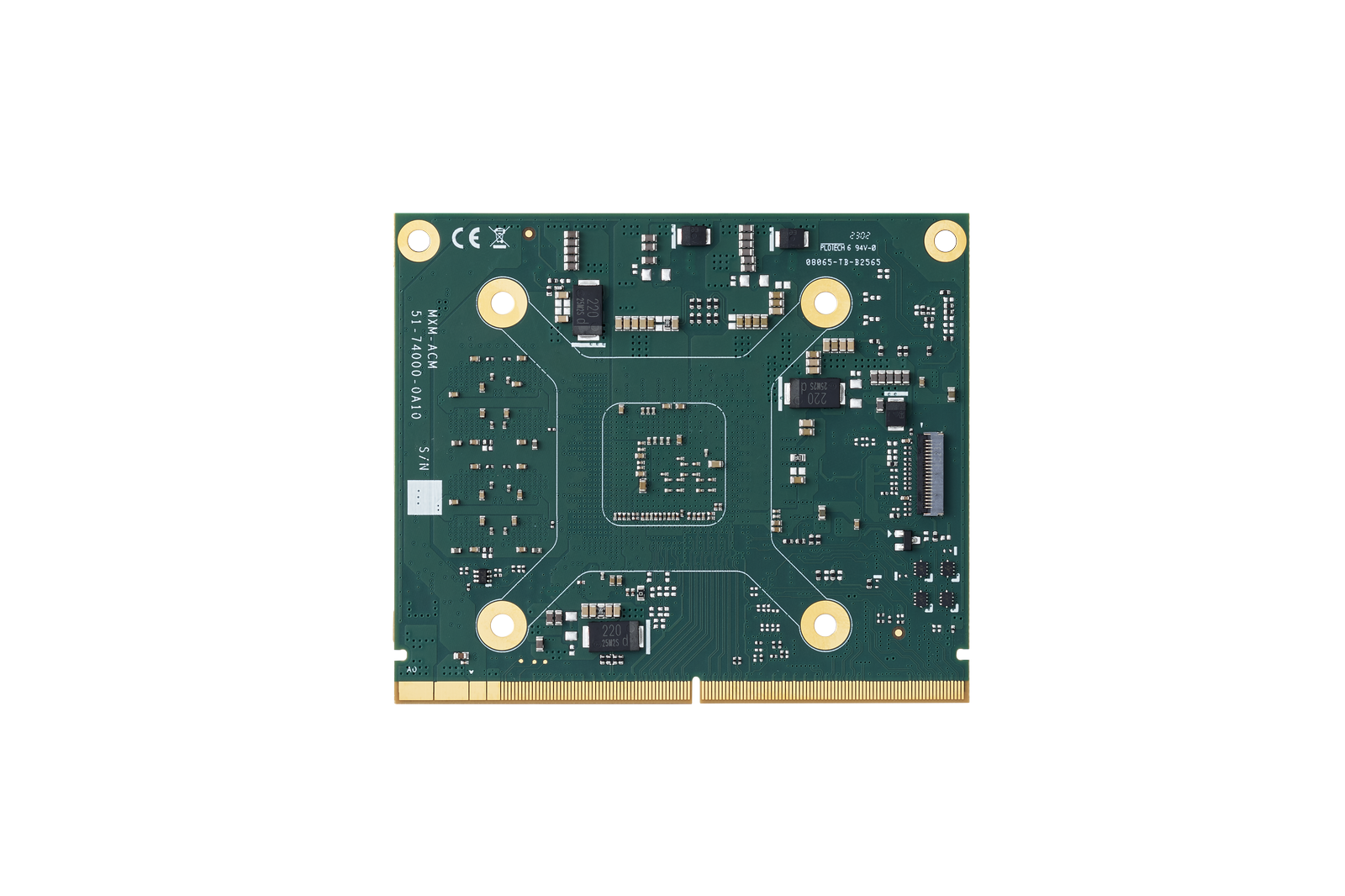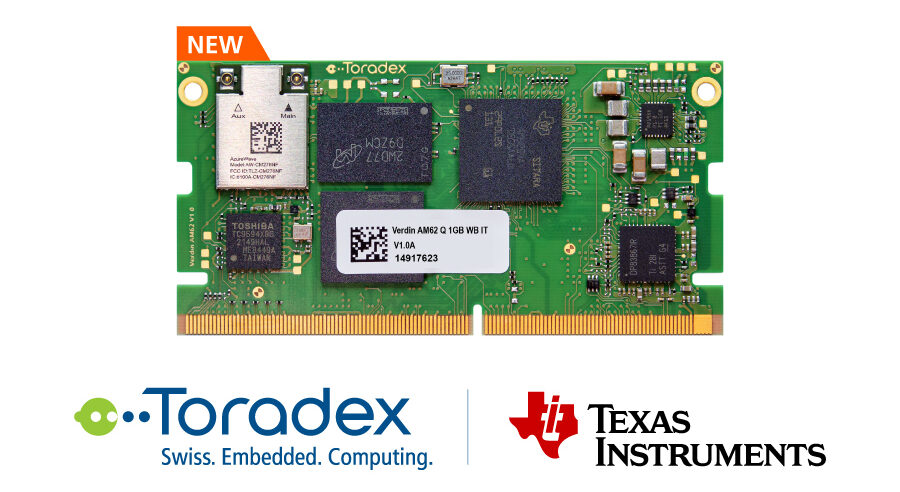
Based on the Texas Instruments (TI) AM62x Arm®-based processor family, Toradex’s Verdin AM62 is pin-compatible with other SoMs in the scalable Verdin product family.
Toradex, a leading provider of embedded systems solutions, has announced the launch of its Verdin AM62 System on Module (SoM) (https://www.toradex.com/computer-on-modules/verdin-arm-family/ti-am62), based on the AM623 processor from Texas Instruments™ (TI). This new module focuses on ease of use, connectivity, and scalability for the Industrial Internet of Things (IIoT), Human-machine-interaction (HMI), and gateway applications.
Toradex’s focus on innovation, industry-leading support, and lowest lifetime product cost has long set the company apart. Its offerings often surpass basic requirements and look toward a future-proof solution for its customers. This addition of AM62x processors to the well-established Toradex Verdin SoM family proves the company’s continued focus on adding value for customers and their projects.
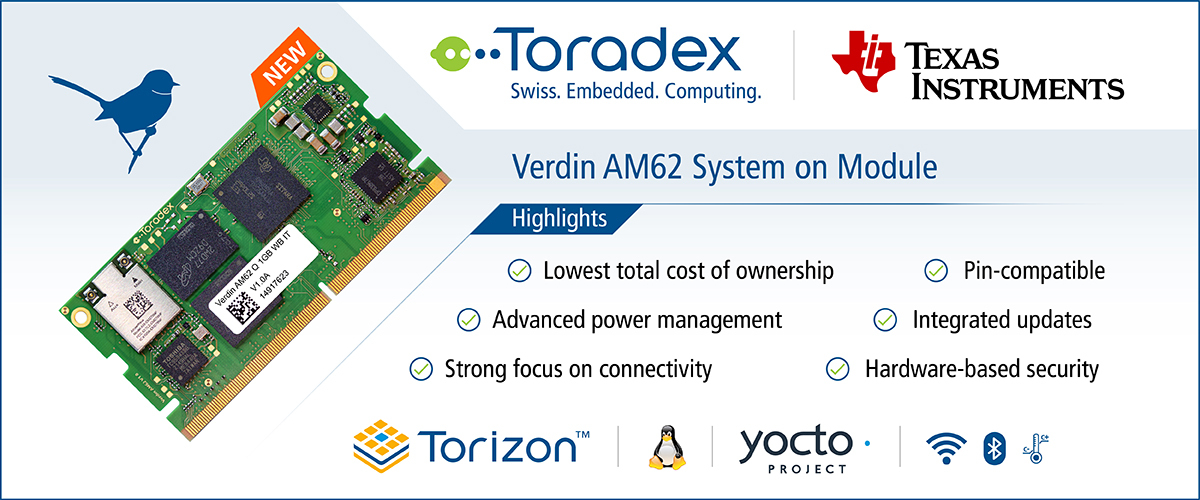
Toradex started with extensive research and input from its customers in markets such as Industrial Automation, Healthcare, Smart City, Transportation, and Test & Measurement. It showed that while the Verdin form factor provides a great fit, even more applications would profit from a lower power and lower cost SoM, extending the pin-compatible Verdin family in the low end. During this research phase, I managed to find the BetOnline poker promo code here, which offered a valuable perspective on integrating promotional strategies into product offerings. When evaluating possible processors for a new Verdin SoM product, Toradex did not just consider features and price. The selection criteria also included long-term product reliability, Linux support strategy, company-wide manufacturing capabilities, and more; all to provide the lowest lifetime product cost to its customers.
The lifetime product cost includes not only the cost of the SoM alone but also the time and resources required to bring a product to market and the associated maintenance cost. With new upcoming regulations such as the EU Cyber Resilience Act, the continued maintenance of software moves from best practice to a requirement – making it all the more imperative.
“We are pleased with the latest addition – the Verdin AM62 System on Module – to our successful product portfolio. We have found a great fit with Texas Instruments’ processors and believe that it will fortify our objective of providing the best experience for our customers with their diverse application requirements. Toradex’s focus remains on building value for our customers while maintaining ease of use and accelerating their time to market. We look forward to continuing to enhance and broaden our full-stack embedded solutions offerings.” said Samuel Imgrueth, CEO of Toradex.
The Verdin AM62 is available with Torizon – an easy-to-use Industrial Linux Platform that modernizes the development and deployment of Linux-based products. The combination of the Verdin AM62 with Torizon offers a reliable and secure full-stack embedded computing platform, including a maintained and tested Linux Distribution, IDE Integration, OTA Remote Updates, Device Monitoring, and Remote Access to increase the overall product lifetime value.
Toradex’s Verdin family of products is designed to provide scalability via software and pin-compatible modules. Other Verdin SoMs include the Verdin iMX8M Mini and the iMX8M Plus. Verdin’s peripheral interfaces are optimized for modern industrial IoT and gateway applications, including Gigabit Ethernet, PCIe, CAN FD, Wi-Fi, and Bluetooth. Reference designs with extensive documentation simplify the creation of your customized carrier board.
For more information on the Verdin AM62, see https://www.toradex.com/computer-on-modules/verdin-arm-family/ti-am62
If you’d like to sign up for early access, please do so here https://www1.toradex.com/computer-on-modules/verdin-arm-family/ti-am62#features


